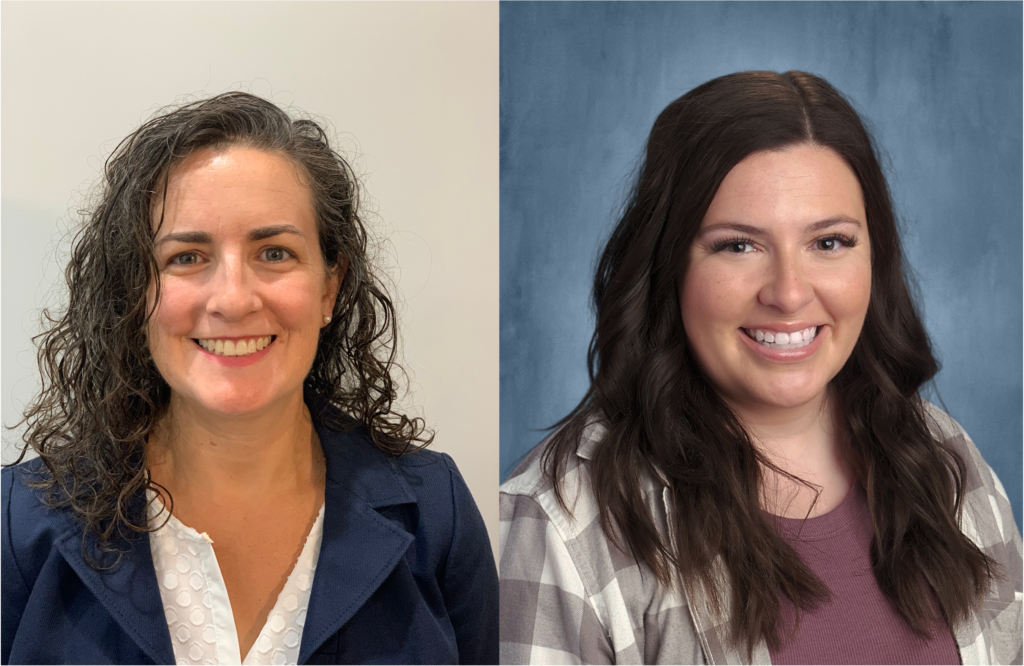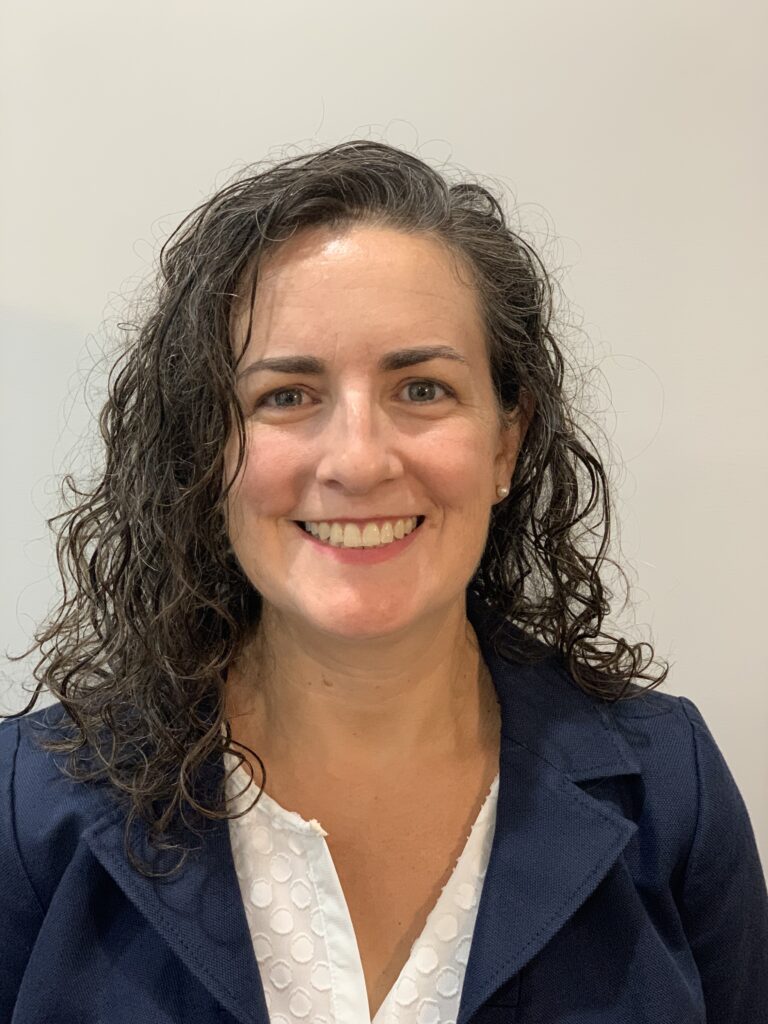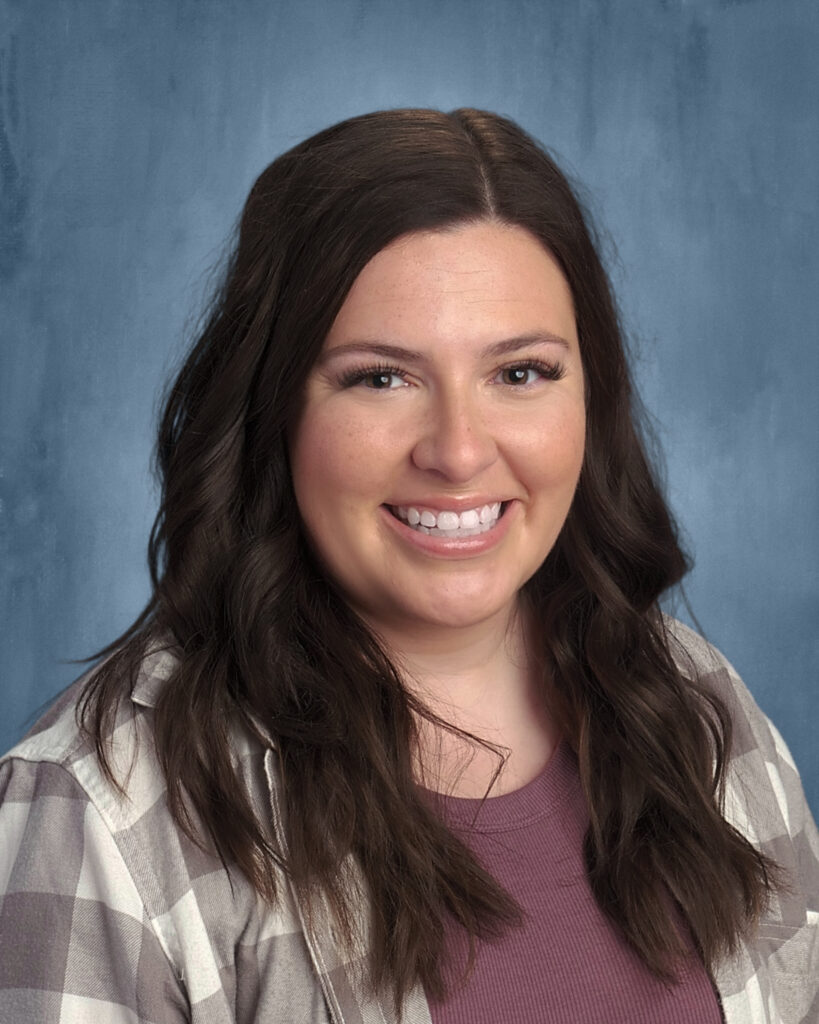
The learning partnership between an educator and their Collaborative Coach is powerful.
In this joint interview, we hear from reading interventionist and SIPPS user Michele Cadwallader and her Collaborative Coach, Emily Pedersen, who personally coached Michele through two consecutive learning cycles.
Michele shares how her learning deepened over time. Emily reflects on how she tailored her coaching to Michele’s specific goals.

Michele, thank you for speaking with us! Please tell us about yourself and your role at your school.
This is my 25th year in education. I’ve taught PS through 12th grade, but my heart is drawn to working with the youngest students.
I am in my second year as the reading interventionist at Bellevue Elementary in Richmond, VA, a small Title 1 school of 200 students.
I manage the reading intervention program for the school and I also teach between six and eight groups of students daily.
As an educator implementing the SIPPS program, could you share what enticed you to participate in Collaborative Coach?
My initial SIPPS training was virtual and had some technical issues, so I basically learned SIPPS on my own.
Across my career, my favorite years teaching have been those when I was able to collaborate closely with others on curriculum, implementation, and special projects.
I have always craved opportunities to learn from others and refine my practice. When my district offered some slots for 1:1 SIPPS professional learning through Collaborative Coach, I jumped at the opportunity.
What were some of your biggest takeaways from participating in Collaborative Coach?
My first takeaway was there is a reason behind every SIPPS routine. When initially learning SIPPS in isolation, I had sometimes felt that the program was too rigid and there were unnecessary details in each lesson.
However, after participating in Collaborative Coach, I now understand the rationale behind the clear, consistent, and concise language and routines. I understand why corrective feedback is designed to be a prescriptive response to reteach the skill.
Additionally, I am inspired by SIPPS author Dr. John Shefelbine’s words when he said, “SIPPS is a means, not an end.”
I now understand the rationale behind the clear, consistent, and concise language and routines.
This gives me the confidence to reassure our teachers that our “walk to read” intervention model is designed to make sure students have the skills to fluently read the words on the page so that they can make meaning from the text.
It allowed me to narrow my focus and push students to mastery with automaticity. Saying aloud that SIPPS is a means, not an end, was freeing.
You participated in two consecutive Collaborative Coach cohorts: winter and spring 2023. In the second cohort, you also registered 10 SIPPS educators from your school. What was that experience like?
I was given a last-minute opportunity to register educators from my school and I took it, even though I knew that I would have to convince teachers to participate after I had signed them up!
I did my best to support teachers to complete their Collaborative Coach work during the school day. My teachers shifted from five days of intervention to four. On their “day off,” I moved my intervention group to their room to provide coverage so teachers could do their Collaborative Coach learning in a quiet location.
Teachers were pleased overall with how much positive feedback they received from their coach.
During their Collaborative Coach learning, my teachers overcame fears of filming themselves teaching SIPPS routines, they honed their skills in the routines—and in a few cases, they discovered they weren’t doing a routine correctly at all. Some teachers even asked for more coaching because they discovered new questions they had about the program!
I know now that this group of teachers will be more open to collaborating with others around SIPPS in future years.
How did Collaborative Coach help you lead a SIPPS implementation?
Since I participated in two cohorts, I got to focus on two different levels of SIPPS.
But then I realized that the most helpful use of my Collaborative Coach time might be learning more about how best to lead a SIPPS implementation. My coach Emily Pedersen and I discussed this over messages in the Learning Portal and we agreed.
Emily was able to share her own experiences leading SIPPS implementations and coaching teachers. She gave me directed activities that helped me find previously undiscovered resources in the Learning Portal.
Then she explained how she used certain resources, like sharing the Elements of Effective Practice at the beginning of implementation to give teachers goals to aim for instead of in the middle where it may seem more evaluative.
I appreciated how much positive feedback she gave me, despite the fact that there are lots of areas of improvement for our school-wide implementation.
I appreciated how much positive feedback [my coach] gave me, despite the fact that there are lots of areas of improvement for our school-wide implementation
Finally, I am grateful that Emily acknowledged the inherent tension between managing a program and simultaneously teaching the program.


Next, we speak with Emily Pedersen, who served as Michele’s Collaborative Coach.
Emily, please tell us about yourself as an educator—and your other role as a Collaborative Coach.
I am a first grade teacher and SIPPS Coach for my school district in Corvallis, Oregon.
I love SIPPS, so when I first learned about Collaborative Coach, I took part in a cohort as a learner. Then I became a Collaborative Coach myself!
In this role, I coach anywhere from 15–20 teachers across the country in each Collaborative Coach cycle. When I’m coaching, I can be working on individual routines, pacing, implementation or even planning.
Being able to truly tailor each experience for the individual educator is what makes being a Collaborative Coach great!
Being able to truly tailor each experience for the individual educator is what makes being a Collaborative Coach great!
Please share your experience partnering with reading interventionist Michele Cadwallader in multiple Collaborative Coach cohorts.
Michele started with me during the Collaborative Coach winter cohort and then continued into the spring cohort with me.
At first, Michele and I worked together on her SIPPS small-group instruction. In her role as a reading interventionist, Michele pulls multiple groups across the day, as well as supporting other educators with SIPPS.
I knew in order for Michele to be the best coach for her staff, she had to feel confident in her own instruction. After we finished the winter cohort and I had her again in my spring cohort, she and I shifted our learning focus to how Michele could support the implementation across the school.
I had the amazing opportunity to coach several of Michele’s teachers during the spring cohort as well.
This experience — coaching Michele and some of her teachers simultaneously — gave me an inside perspective on how Michele could best support her teachers. I was able to strategically provide SIPPS implementation guidance that would be applicable in her school.
This experience — coaching Michele and some of her teachers simultaneously — gave me an inside perspective on how Michele could best support her teachers. I was able to strategically provide SIPPS implementation guidance that would be applicable in her school.
Collaborative Coach is often thought of as a resource for SIPPS teachers only. What might you share about coaches or leaders who participate in Collaborative Coach?
When coaches and leaders participate in Collaborative Coach, they are able to delve into their current implementation. While Collaborative Literacy provides plenty of resources, we know that implementation is different in any setting.
Whether districts and schools are brand-new implementers of the program or years into implementing, there is always support that we as Collaborative Coaches can share to take an implementation to the next level. As a coach, I am able to brainstorm and analyze what may be going well and where more support may be needed.
I highly recommend leaders and coaches participating in cohorts with their own teachers.
I highly recommend leaders and coaches participating in cohorts with their own teachers.
The feedback I receive from teachers participating alongside their leadership is that teachers are able to reflect in a safe environment while also learning alongside leaders.
Teachers felt more confident in asking for support from their leaders, knowing that leaders were working alongside them.
***
Related:
Learn more about SIPPS.
Learn more about Collaborative Coach.
Interview: Read about how Springfield Public Schools invested in Collaborative Coach at scale.
